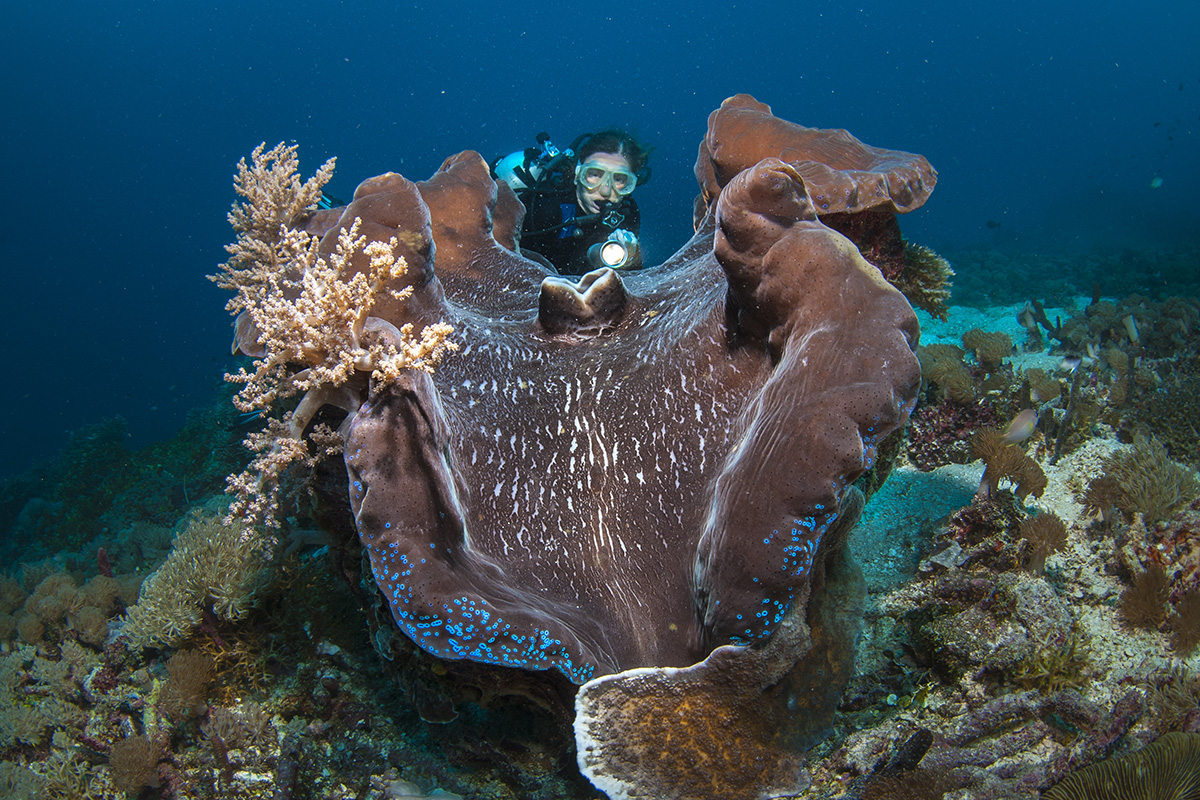
The Hidden Beauty of the Sea of Azov: An Adventure Off the Beaten Path
When it comes to coastal destinations, most people immediately think of iconic spots like the Mediterranean, the Caribbean, or the Great Barrier Reef. But what if we told you that one of the most underrated gems for travelers and adventure seekers is tucked away in Eastern Europe? Enter the Sea of Azov, a remarkable body of water that often gets overlooked in favor of its more famous counterparts. Yet, this hidden gem offers a wealth of beauty, adventure, and discovery for those willing to venture off the beaten path.
Lying between the Don River Delta and the Crimean Peninsula, the Sea of Azov is bordered by Russia and Ukraine and is one of the shallowest seas in the world. While it may not have the same popularity as other tourist hotspots, the Sea of Azov is a place rich in history, natural beauty, and unique experiences, making it the perfect destination for those looking to explore something new and exciting.
In this article, we’re going to take you on a journey to uncover the hidden beauty of the Sea of Azov. From its fascinating history and cultural significance to its stunning landscapes and vibrant marine life, this lesser-known sea offers plenty to discover. Whether you’re an avid adventurer, a history buff, or simply someone looking for a peaceful escape from the crowds, the Sea of Azov is a destination that promises an unforgettable experience.
The Geography and Climate of the Sea of Azov
The Sea of Azov is located at the northernmost part of the Black Sea, and it is bordered by both Russia and Ukraine. Its waters are shallow, with an average depth of only about 7 meters (23 feet), and its total area is around 39,000 square kilometers. Despite its relatively small size, the Sea of Azov has a number of islands, peninsulas, and coastal features that make it a fascinating region to explore.
Coastal Landscapes
The coastline of the Sea of Azov is characterized by a mix of sandy beaches, rugged cliffs, and picturesque bays. The Azov Riviera, stretching along the Russian coast, is a popular spot for beach lovers, offering long stretches of sand and warm, calm waters. Meanwhile, the Ukrainian coast is dotted with charming fishing villages, quiet resorts, and lush wetlands that are home to diverse wildlife.
One of the most striking features of the Sea of Azov is its estuaries and deltas, where rivers such as the Don and Kuban flow into the sea. These areas are rich in biodiversity, providing unique opportunities for nature enthusiasts to witness vibrant ecosystems in action. Whether you’re exploring the wild marshlands of the Kuban River Delta or taking a boat ride along the serene shores of the Taganrog Bay, the coastal landscapes of the Sea of Azov offer something for everyone.
Climate
The climate around the Sea of Azov is continental with relatively mild winters and warm, humid summers. The region enjoys more than 300 days of sunshine each year, making it a great place to visit for those who enjoy outdoor activities and beach days. However, due to the shallow nature of the sea, its waters can warm up quickly, with summer temperatures reaching up to 30°C (86°F). While the sea is calm and perfect for swimming in the summer, it can also become quite foggy during the cooler months.
A Sea Rich in History
While the natural beauty of the Sea of Azov is impressive, its rich history and cultural significance are equally noteworthy. The Sea of Azov has been an important crossroads for civilizations for thousands of years, and its waters have witnessed the rise and fall of empires, the flourishing of trade routes, and countless naval battles.
The area has been inhabited by various peoples, including the Scythians, Greeks, Romans, Byzantines, and Ottomans, all of whom left their mark on the region. Ancient Greek colonies were established along the coast, and the Crimean Tatars once ruled much of the area. The Sea of Azov also became a battleground during various wars, including conflicts between the Ottoman Empire and Russia, and it played a crucial role in shaping the history of the Black Sea region.
The Greek Influence
One of the most fascinating aspects of the Sea of Azov’s history is its connection to the ancient Greek world. The Greeks established colonies along the shores of the Sea of Azov, including the ancient city of Tanais (modern-day Taganrog) on the Don River. These settlements were important trading hubs, and their influence can still be seen today in the region’s archaeological sites and ruins.
The Ottoman Empire and Russian Expansion
The Sea of Azov has also been a key area in the expansion of the Ottoman Empire and later the Russian Empire. During the 17th and 18th centuries, the Sea of Azov became a focal point for power struggles between the Ottoman Empire and the growing Russian state. After a series of wars, the Treaty of Küçük Kaynarca in 1774 resulted in Russia gaining control over the northern coast of the Sea of Azov, solidifying its influence in the region.
The Unique Marine Life of the Sea of Azov
While the Sea of Azov may not boast the diverse marine ecosystems of the Great Barrier Reef or the Maldives, it is home to a fascinating array of marine life that makes it a unique destination for underwater explorers. The shallow waters of the sea provide the perfect environment for a variety of species, many of which are not found anywhere else in the world.
Flora and Fauna
The Sea of Azov is home to a number of unique plant species, including marine algae and seagrass. These plants play a vital role in supporting the diverse marine life in the region. The shallow waters around the coast are often rich in phytoplankton, which form the base of the food chain and attract a variety of fish species.
Fish and Marine Species
The Sea of Azov is known for its abundant fish populations, including species like the sturgeon, sardines, and mackerel. The area is especially famous for its caviar, produced from the roe of sturgeon that are found in the region. In addition, perch, zander, and carp can also be found in the Sea of Azov, making it a popular spot for fishing.
For those interested in marine life, the Sea of Azov offers plenty of opportunities for snorkeling and diving. The water may not be as crystal-clear as some tropical seas, but the marine biodiversity and the relatively undisturbed nature of the region make it an exciting place to explore.
The Hidden Beaches and Coastal Escapes
Unlike the heavily commercialized beaches of other popular tourist destinations, the beaches of the Sea of Azov offer a more tranquil and relaxed atmosphere. The coast is lined with golden sandy shores and peaceful lagoons, making it an ideal destination for those seeking a quiet retreat.
Taganrog Bay
One of the best places to visit along the Sea of Azov’s coastline is Taganrog Bay, located near the city of Taganrog, Russia. This picturesque bay is dotted with charming fishing villages and tranquil beaches, making it perfect for a peaceful getaway. The bay is also home to Taganrog Port, an important historical and economic hub that has played a significant role in the development of the region.
The Azov Riviera
On the Russian side of the Sea of Azov lies the Azov Riviera, a stunning stretch of coastline known for its long sandy beaches and serene environment. Towns like Yeysk and Novoazovsk offer excellent opportunities for swimming, sunbathing, and enjoying the natural beauty of the area. The gentle waters of the Sea of Azov make it a safe and enjoyable place for families and less experienced swimmers to spend time by the sea.
The Ukrainian Coast
On the Ukrainian side, the coastline is dotted with small towns and resorts like Berdyansk and Melitopol, which are known for their peaceful atmosphere and picturesque beaches. These lesser-known coastal areas are perfect for travelers looking to avoid the crowds of more popular beach destinations.
Adventure Activities Beyond the Water
While the Sea of Azov is undoubtedly a paradise for beach lovers and water sports enthusiasts, there’s plenty more to do in the surrounding region for those who enjoy land-based adventures.
Hiking and Exploring Nature Reserves
The areas surrounding the Sea of Azov are home to several nature reserves and national parks, such as the Taman Peninsula in Russia. These protected areas are perfect for hiking, birdwatching, and photography. The Krasnodar Region and the Azov Steppe are known for their diverse flora and fauna, offering plenty of opportunities for outdoor enthusiasts to explore.
Historical Tours and Cultural Exploration
For those interested in history and culture, the Sea of Azov region has plenty to offer. The city of Taganrog, for example, is home to several museums and historical sites, including the birthplace of the famous writer Anton Chekhov. Visitors can explore old Russian architecture, ancient Greek ruins, and Ottoman-era fortresses along the coast.
In Ukraine, Berdyansk and Mariupol are rich in cultural heritage, with a blend of Russian, Ukrainian, and Tatar influences evident in the architecture, cuisine, and local traditions.
Conclusion: A Hidden Gem Worth Exploring
The Sea of Azov may not yet be on the radar of most mainstream travelers, but that’s what makes it so special. With its unique blend of natural beauty, rich history, and tranquil beaches, it’s the perfect place for those looking to explore somewhere off the beaten path. Whether you’re an adventure seeker, a history buff, or simply someone looking for a quiet place to unwind, the Sea of Azov has something for everyone.
So if you’re craving an adventure that’s both unique and unforgettable, pack your bags and set sail for the Sea of Azov. This hidden beauty of Eastern Europe is waiting for you to uncover its secrets, and you’ll be glad you did.





